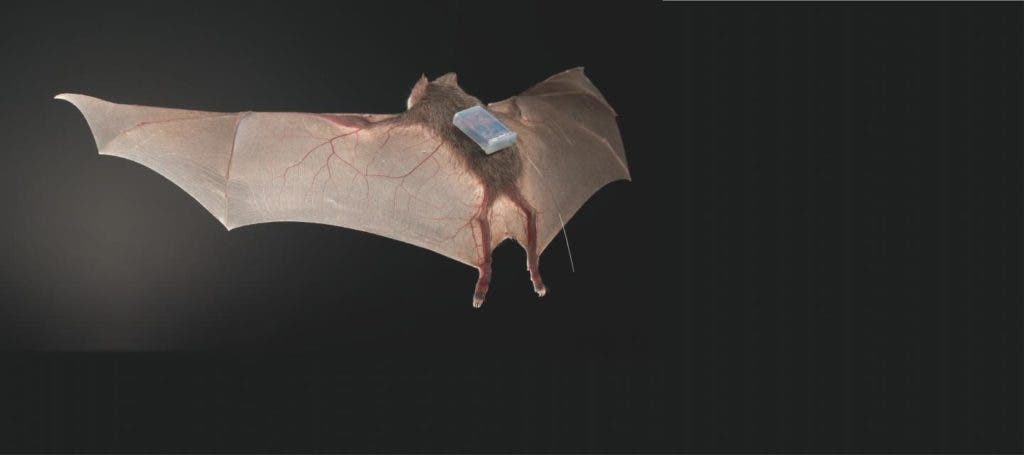A new study looking into social bonding dynamics for vampire bats reports that friendships they make in captivity are likely to continue after the animals are released back into the wild.

Image credits Sherri ad Brock Fenton.
While primates are the most iconic group of animals when it comes to social dynamics and friendships, the new study suggests that vampire bats (Desmodus rotundus) also form cooperative relationships reminiscent of friendship. The findings also show that social interactions among vampire bats observed in the lab aren’t just a product of them being kept in captivity.
Life’s bat-er with friends
“The social relationships in vampire bats that we have been observing in captivity are pretty robust to changes in the social and physical environment–even when our captive groups consist of a fairly random sample of bats from a wild colony,” said Simon Ripperger of the Museum für Naturkunde, Leibniz-Institute for Evolution and Biodiversity Science in Berlin, the study’s lead author.
“When we released these bats back into their wild colony, they chose to associate with the same individuals that were their cooperation partners during their time in captivity.”
Together with co-lead author Gerald Carter of The Ohio State University, who has been studying vampire bat social relationships in captivity since 2010, Ripperger wanted to see if relationships the bats established in captivity would survive after release to the wild. The idea, boiled down, was to see if the partnerships these bats would form in the lab were ‘genuine’ or simply the best available at the time (in which case they would break down as the bats started to associate with other individuals).
All in all, the team reports, social interactions in the lab aren’t just an artifact of captivity. Not all relationships formed in captivity survived after release, the team reports. Similar to the human experience, however, cooperative relationships among vampire bats appear to result from a combination of social preferences together with external environment influences or circumstances, the team explains.
For the study, the team needed to record social interactions and networks among wild bats at much better resolutions than before. So, they enlisted the help of colleagues in electrical engineering and computer sciences to develop novel proximity sensors. Lighter than a penny, the new sensors could be carried by the bats without too much hassle and allowed the team to monitor entire social groups with updates a few seconds apart. The final step was to incorporate these observations with data on bat relationships from the lab.
The data showed that reciprocal grooming and food sharing among female bats in captivity (data recorded over 22 months) was a good predictor of whom these females would later interact with in the wild. The researchers report that the findings are consistent with the idea that both partner fidelity and partner switching play a role in regulating the bats’ relationships. In the future, the team wants to gauge how individual differences among bats influence these types of cooperation relationships. They also plan to look into social foraging and whether bats that cooperate within their day roost also go hunting together at night.
“Our finding adds to a growing body of evidence that vampire bats form social bonds that are similar to the friendships we see in some primates,” Carter said. “Studying animal relationships can be a source of inspiration and insight for understanding the stability of human friendships.”
The paper “Vampire bats that cooperate in the lab maintain their social networks in the wild” has been published in the journal Current Biology.






